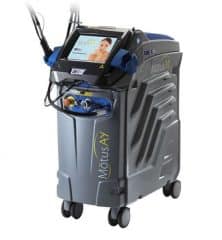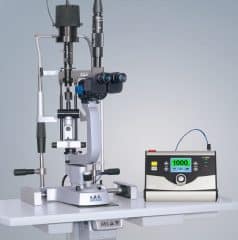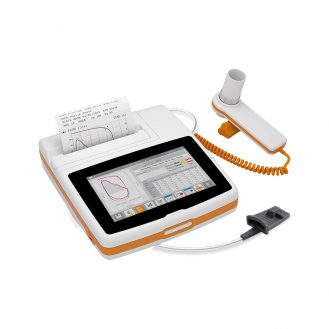Several medical specialties have for some time now integrated laser technology into their daily practices:

Deka hair removal laser
Dermatology and aesthetic medicine are the most popular.
Lasers are used for tattoo removal, long-term hair removal, acne treatment and skin rejuvenation to improve and firm the skin. When it comes to hair removal, the results depend on the type of skin, given that the lighter the skin and the darker the hair, the more effective the results will be. Several sessions are necessary.
Urology also uses lasers for prostate enucleation. This minimally invasive surgery, performed endoscopically, uses a laser to remove tissue that blocks the flow of urine into the prostate. Similarly, lasers are also used in lithotripsy to destroy stones in the kidneys, bladder or ureter.

A.R.C. Laser ophthalmic laser
Ophthalmology has also seen the use of lasers become very popular, particularly for refractive surgery, which can treat various pathologies such as myopia, astigmatism, hyperopia and presbyopia. Another application is retinal photocoagulation, which consists of applying a laser beam to the deepest structure of the eye, the retina, in order to produce a therapeutic burn to a given area. Lastly, still in the ophthalmology sector, selective laser trabeculoplasty reduces eye pressure in chronic glaucoma.
General surgery also uses lasers, particularly for soft tissue ablation. Laser treatment is also increasingly being used in dental practices for early detection of cavities, gum disease, teeth whitening and lesion removal.
Physiotherapy offers laser biostimulation of cells, which represents an effective technological innovation for pain management. It consists of transferring light energy to the cell to stimulate its metabolic functions. This induces several observable clinical effects including pain relief, reduction of inflammation and healing.






